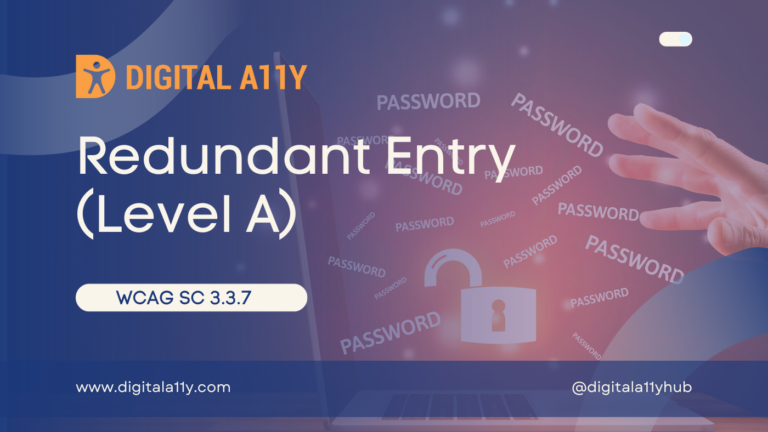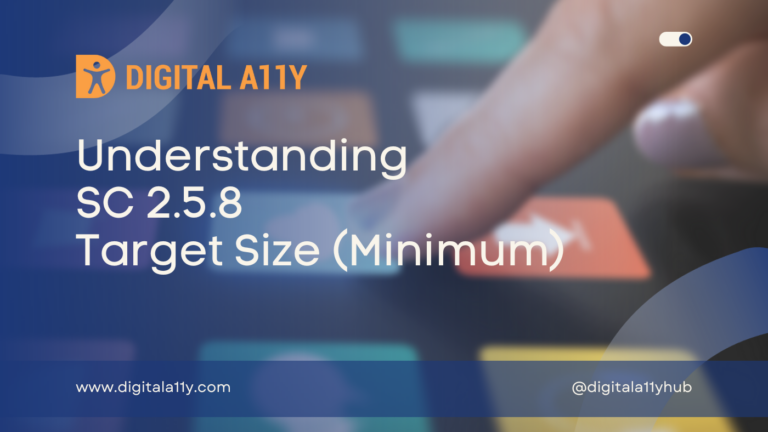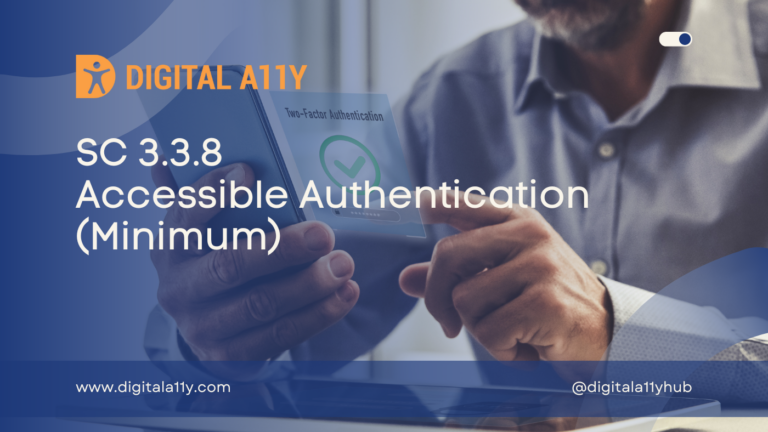Creating Accessible Experience with Landmarks
The idea for this article sparked during a recent prep for a training program. I was collaborating with another accessibility professional on presentation slides when the topic of landmarks and their significance for screen reader users came up. My co-speaker pointedly asked, “Raghav, I’ve never noticed you emphasizing the importance of landmarks or using them…





